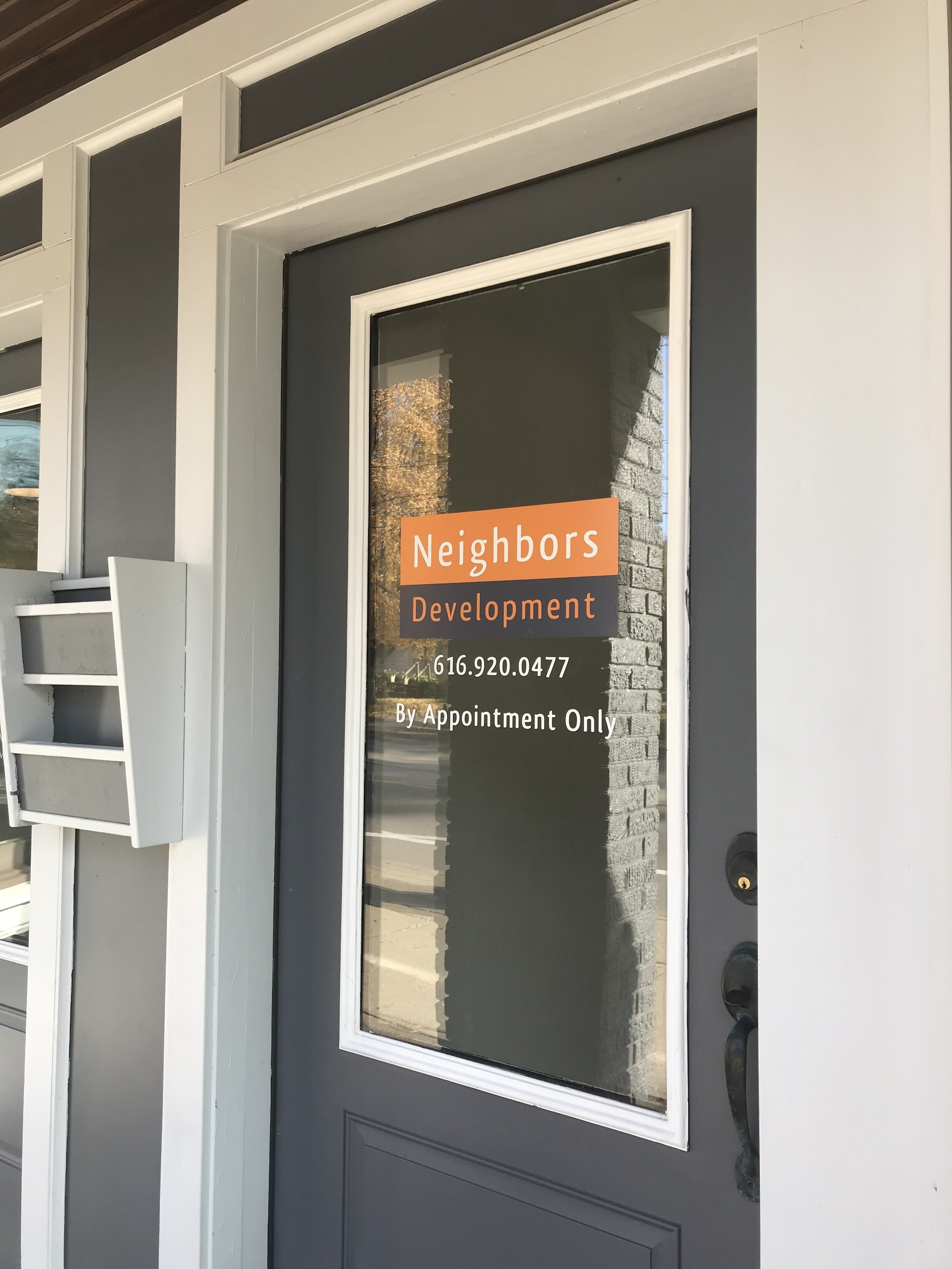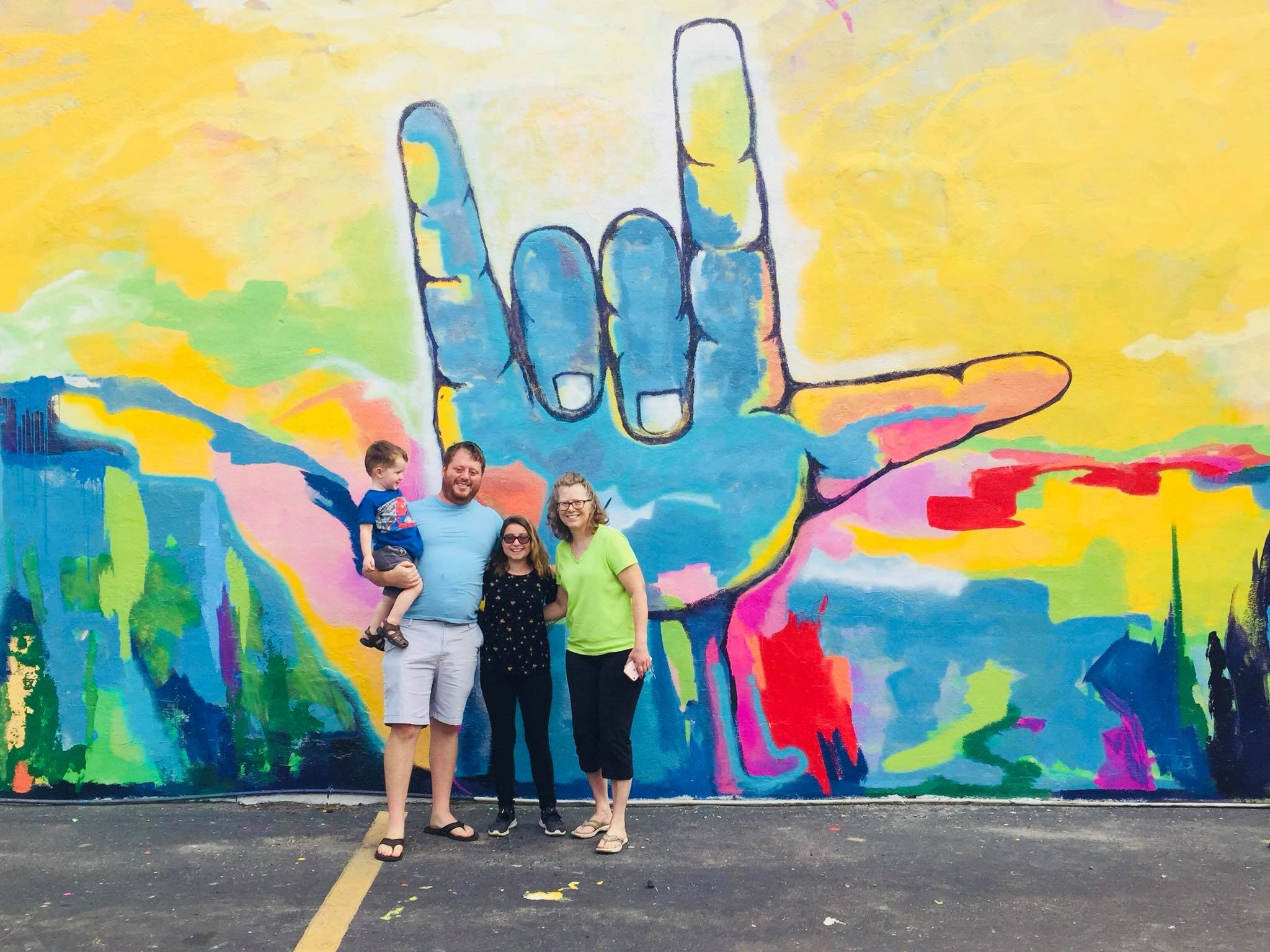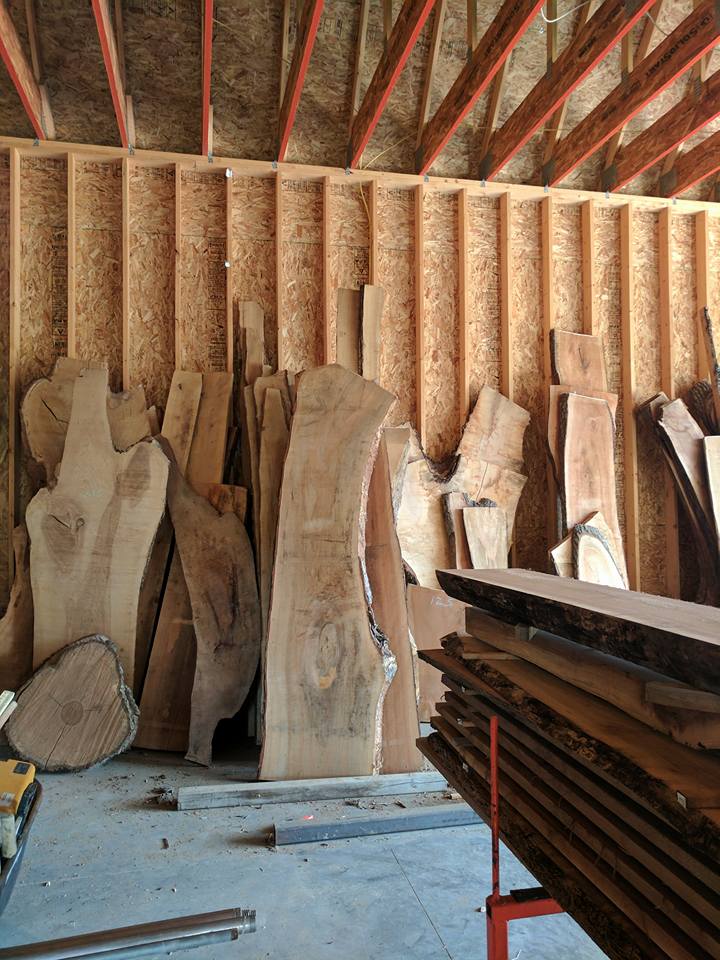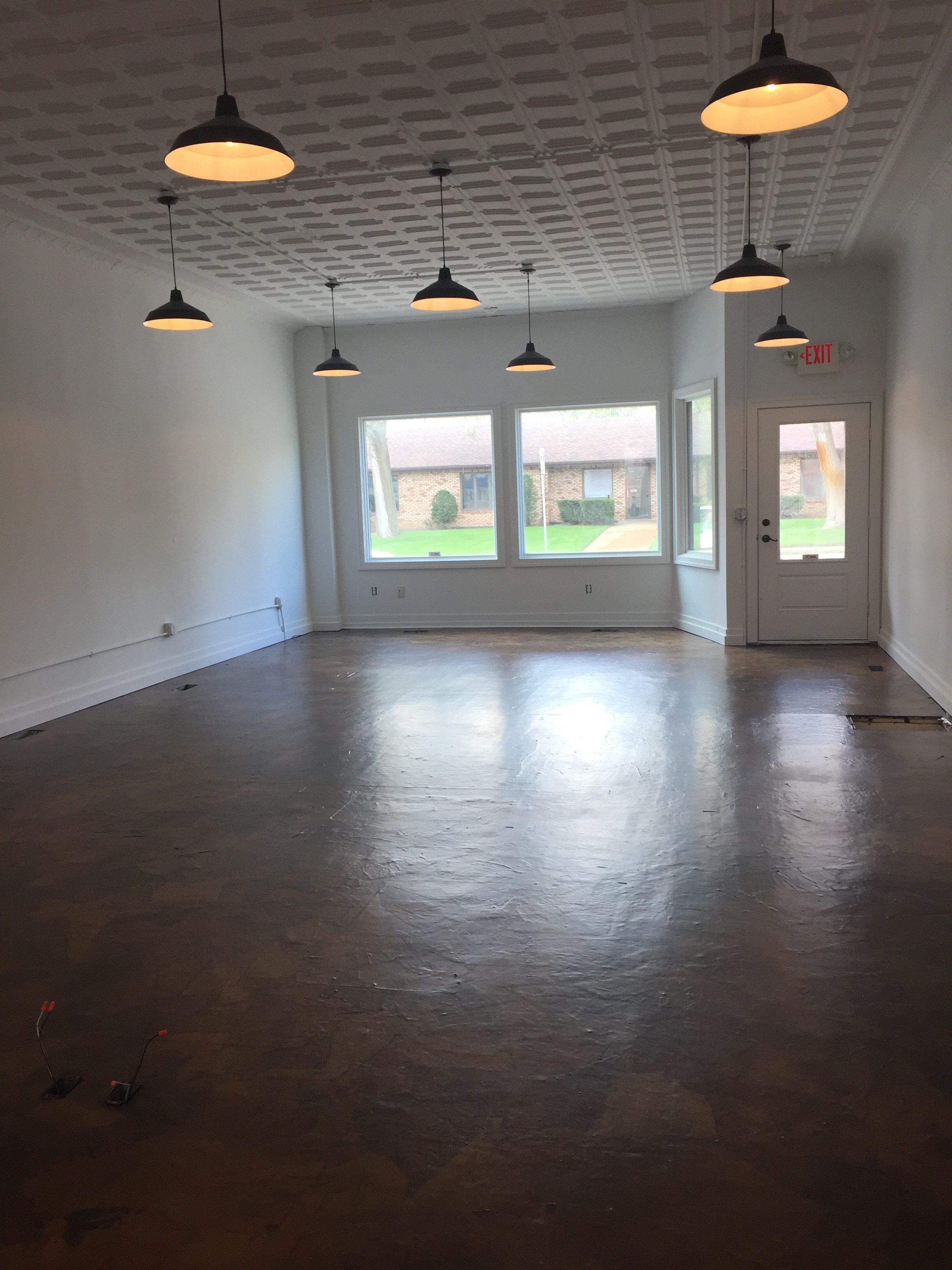Wow. So that happened.
Covid had us all scrambling and wondering what the future of our households, businesses and Country would look like. Our son was pulled out of preschool back in March and spent the whole year attending a virtual classroom at our kitchen table. Since we were working remotely for the better part of the year, we decided to close up our physical office and lease that space to Great Matter Books as they were looking for square footage and the opportunity to fill their shelves!
During lockdown, we tried to make lemonade by performing commercial remodels and making building improvements to all of the properties in our portfolio. We filled commercial vacancies and fixed building flaws where we could! We welcomed several new employees to our team, several new properties to our portfolio, several new tenants to our buildings, and transitioned some of our previous tenants into homeowners!
Welcome Raeann!
Raeann joined the Neighbors Development team as our Residential Advisor. We hate saying goodbye to great tenants and so we found a way to keep them! When our tenants are ready to buy a house, Raeann is ready to help! Raeann grew up right here in Grand Rapids and knows her neighborhoods! She has been working in real estate for the last few years and we are excited to add her to the Neighbors team!
Welcome Alexis
Alexis has joined our office staff! She is working remotely while simultaneously raising her two kids. She is performing administrative tasks for us and remodeling her home in her free time. Adding Alexis to the team has created tremendous growth opportunities!
Bring on the Buildouts!
2020 was a big year for us filling vacancies! As we said goodbye to 2019 we also said goodbye to our “Pop Up on Plainfield” featuring Serendipite Organiques and Flicker + Gem. Both businesses have found success in online markets and/or relocated out of West Michigan. We wish them well!
With the opening of their space we were able to welcome trophy and screen printing business Impact Enterprises who was looking to relocate from their previous location on the West Side.
We were approached by Tattoo Artist Mike Snyder who had a dream to open his own tattoo shop. The Neighbors Development team worked tirelessly to make Mike’s dream a realty and in September 2020 Praying Mantis Tattoo Studio opened with Covid 19 safety procedures in place. Shortly after, The Neighbors team started a buildout in the suite next door for Decorum Body Piercing and the piercing studio recently opened in January 2021.
Great Matter Books opened in November & our Plainfield building is fully occupied! We look forward to creative artwork and landscaping slated for spring 2021!
Adding Density!
In 2020, Neighbors Development spent a lot of time focused on zoning and putting effort into building density for West Michigan. We’ve expanded our portfolio into Muskegon and are focusing on creating affordable, compliant, and efficient units that people are excited to call home!
What’s next?
We’ve been working on a new buildout with a homebrew brewery concept coming soon to Roosevelt Park!
We bought a camper & are building a mobile office! This will allow us the freedom to bring our office to the job site!
We are hiring! We are looking for a full time Maintenance Manager! This is a pivotal position as it is our goal to keep our properties in tip top shape! Contact our office at 616-920-0477 or by email to hello@neighborsdev.com





































